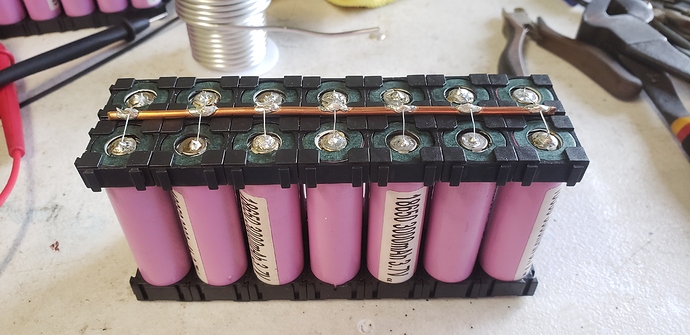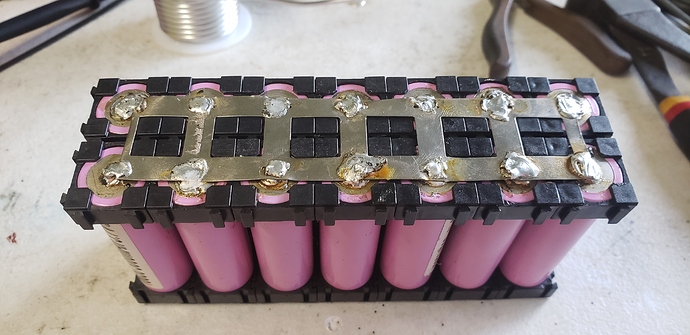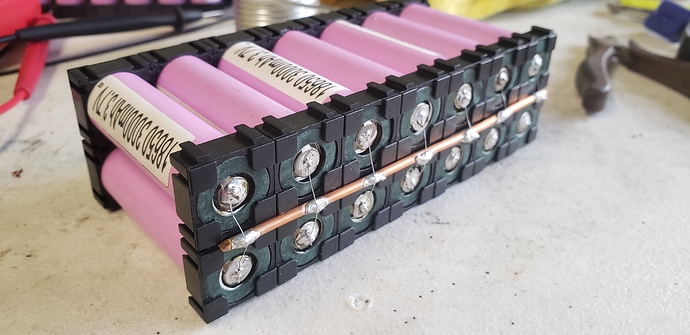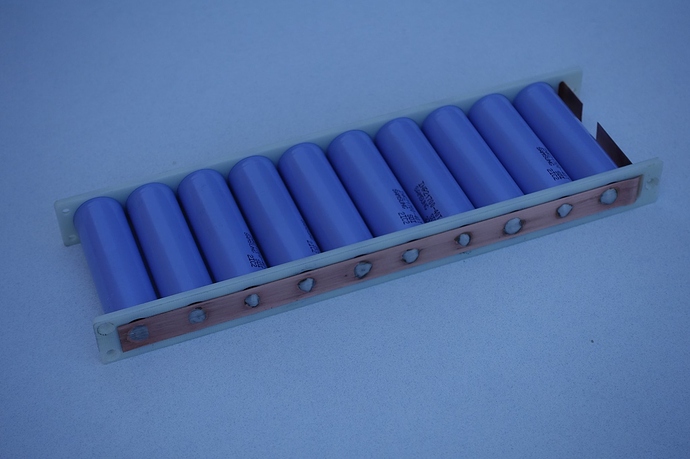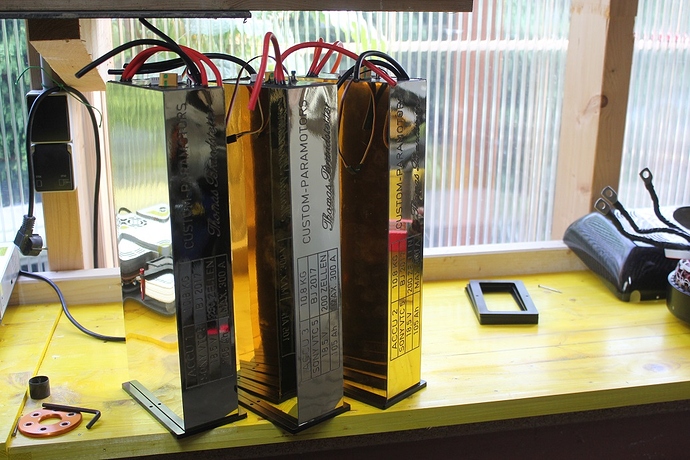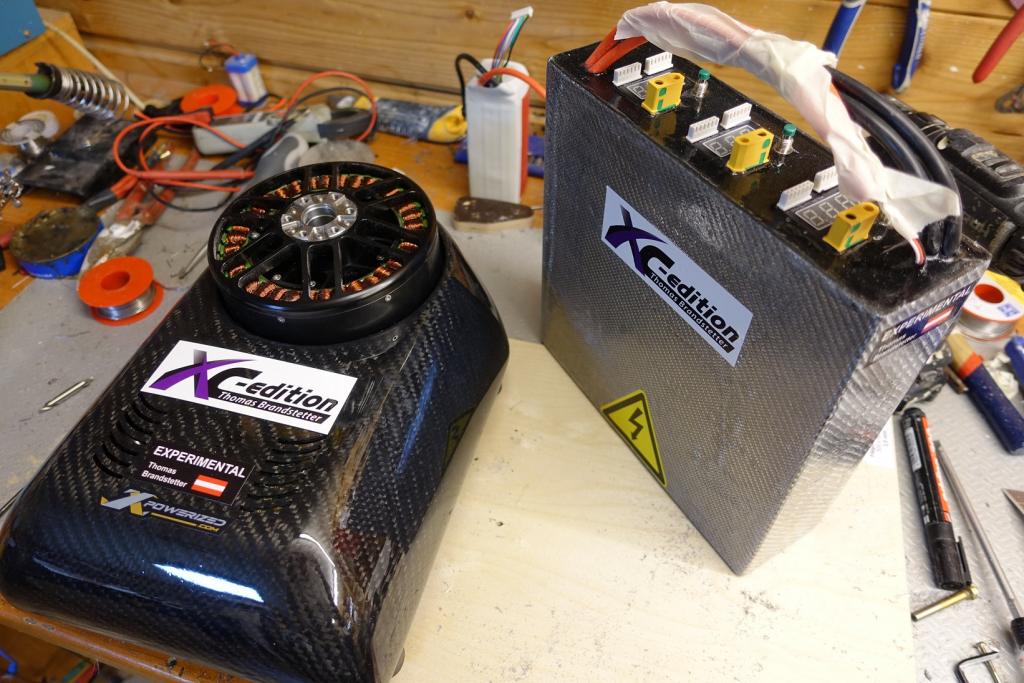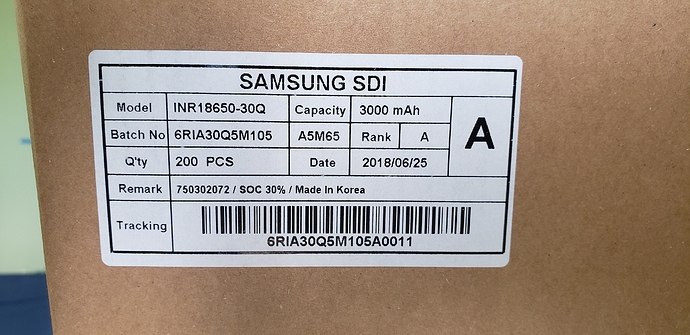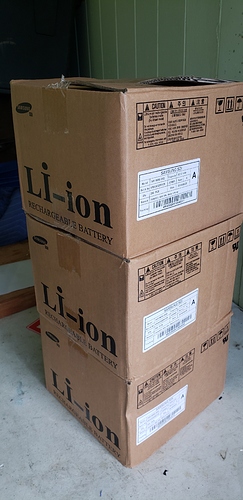Hi guys.
Do you guys keep you batteries in a fireproof box when left unattended? 18650 cells are safer then Lipos but the size of the batteries we build for these e-foil board have enough power to burn several houses down!
I see the most common build method is spot welding the cells. This is the easiest, and least labor intensive method but it does not allow fusing individual cells. If one cell goes bad and develops an internal short circuit the whole pack will most likely have a thermal runaway and catch fire.
Also, I see most people packing the cells together where the are touching each other. These cells handle heat quite well when kept within their amp draw limits, bit spacing the cells slightly helps the pack cool, and a cooler pack lasts longer. Also, if one cell malfunctions and overheats, spacing the cells helps reduce the thermal runaway from one cell to the next.
I am a new forum member building my first e-foil board. I have built 18650 batteries for bicycles, skateboards, and rc toys. As I started to research the voltage and amp hours needed for these e-foil boards I was shocked! I’m building a 14s14p battery with Samsung 30Q cells. It’s what the Lift board battery is.
I plan to use fuse wire on each cell, like a Tesla battery, if one cell malfunctions that fuse wire will melt and the rest of the pack will continue to function normally (just that group will have one less P).
This is just a practice group using recycled cells out of a previously soldered pack so its pretty messy.
I’m building a 14s14p battery, so this is a 1s14p. So there will be 14 of these. Finished battery I estimate will be about 1’x1’x3"
